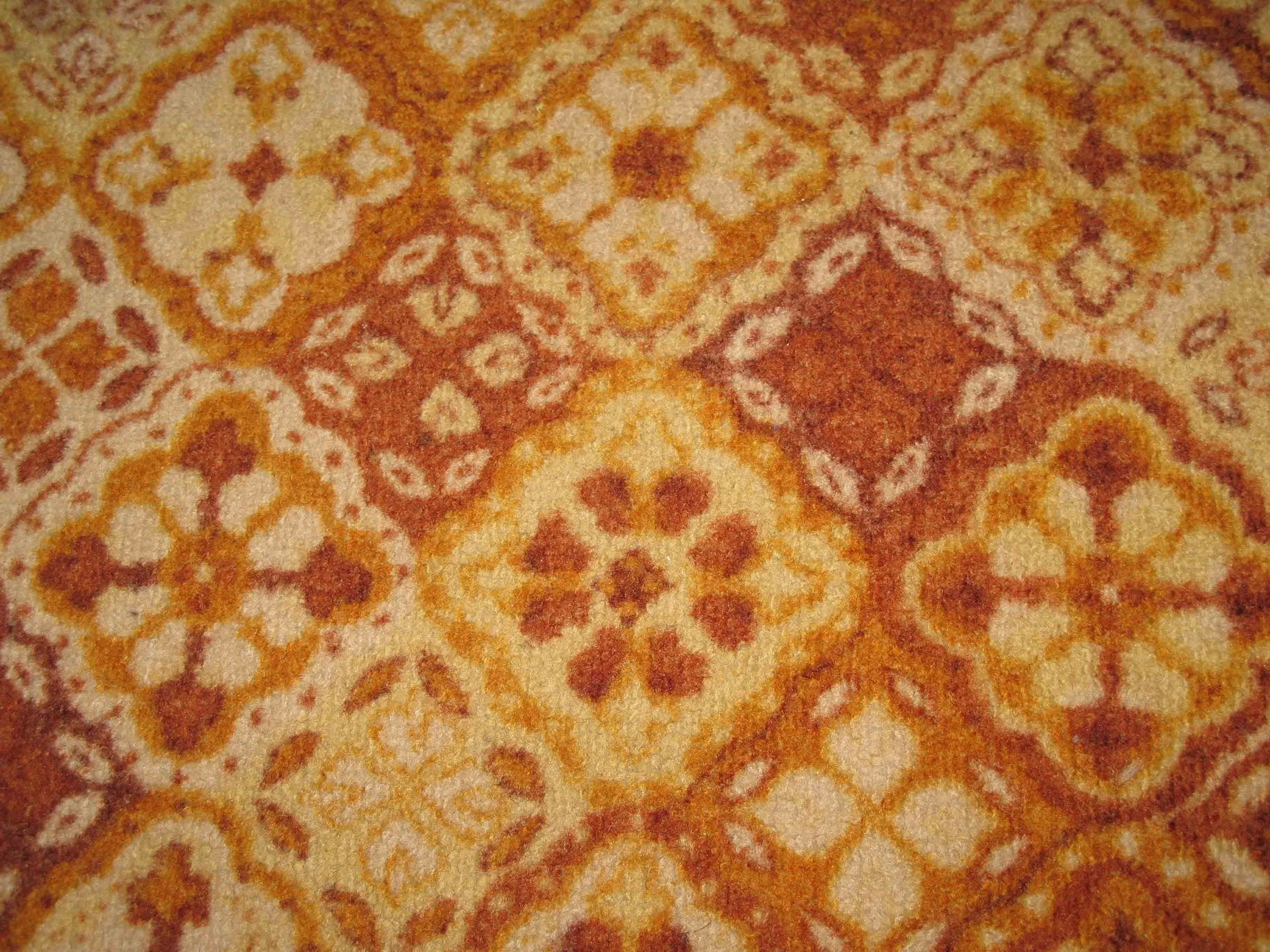The Evolution and Significance of Diwali Celebrations in Leicester
OCTOBER 2024
1950s - Present
Introduction
Diwali in Leicester: A Vibrant Tapestry of Light, Culture, and Community
Leicester, a city in the heart of England, has become a global beacon for Diwali celebrations. The festival of lights has been celebratedin the city for over half a century, evolving from intimate family gatherings to a grand,citywide celebration that attracts visitors from around the world. This research brief explores the fascinating journey of Diwali in Leicester, its significance for the city’s South Asian community, and its impact on Leicester’s identity as a multicultural hub.
1977 marked a significant turning point with the establishment of the Belgrave Neighbourhood Centre, which became a focal point for community gatherings and cultural activities, including Diwali celebrations. As Tanmanben Patel, a community organiser, remembers: “The hall was full with more than 500 ladies. We had rangoli and fancy-dress competitions.”
In 1983, the first public Diwali lights were installed on Belgrave Road, transforming the festival into a major public event. The formation of the Leicester Hindu Festival Council in 1992 further streamlined the organisation and coordination of the expanding festivities.
Narendra Lakhani, 68, remembers: “My daughter was born in ‘83 and October is when the first light switch happened. It was a special year for me, we couldn’t bring her out then, but we brought her to the celebration a year later.” From the 2000s onwards, Leicester’s Diwali celebrations have continued to grow, attracting national and international attention and becoming a major driver of cultural tourism and economic activity in the city. As Bhavin Suthar, a 37-yearold local resident, observes: “Diwali is a great time for businesses. I know of many people who set up shops during the run up from Diwali light switch on to Diwali day and do brisk business. I think it is great for the local economy.”
Key Milestones in Leicester’s Diwali Journey
Roots of Diwali in Leicester
The story of Diwali in Leicester began in the 1950s and 1960s when South Asian migrants started settling in the city, bringing with them their rich cultural heritage and the traditions of Diwali. Initially, celebrations were small and private, held within homes and family circles.
Daksha Dakshani, a 70-year-old resident of Leicester, says: “I married and moved here in 1975. Next year it will be our 50th anniversary. Since then, what started off as a small scale affair has now grown so big and commercial.”
As Rita Patel, a key community figure, notes: “Diwali when I was young in Belgrave was celebrated really amongst the families who were around.” However, as the South Asian community grew, so did the scale and scope of Diwali festivities.
The Significance of Diwali for Leicester’s Community
For Leicester’s South Asian community, Diwali is more than just a festival; it is a symbol of belonging, cultural pride, and unity. The celebrations provide a platform for building bridges and fostering understanding among the city’s diverse communities, showcasing Leicester’s commitment to inclusivity and cross-cultural dialogue.
Moreover, Diwali has become an integral part of Leicester’s identity and brand as a cosmopolitan, multicultural city. The festival’s vibrant lights, colourful rangolis, and lively celebrations have become synonymous with Leicester’s unique character and spirit.
Dan Urch, manager at the Neighbourhood Centre, reflects:
“Attending the events in our city, representing the many cultures that make up our home, always fills me with pride and serves as an example of the kind of world I want to live in.”
Simran Kaur, a member of the Belgrave Library knitting group:
"After spending decades in the city, I understand Gujarati very well and can speak key phrases. Who says language is a barrier? We all blend harmoniously with each other. That is the beauty of Leicester."
Challenges and Opportunities for the Future
“We want to keep the foundation of Diwali celebrations like the storytelling, otherwise we’ll just succumb to the lights and fireworks which are not what the celebrations are about. We need to keep the traditional things but also move with the times to make it exciting and engaging.”
— Pravin Mistry, a local resident
“I was born and raised here. Leicester is home. Diwali means food, lights, and fun as a child. We go out as a big family and get out on the streets; we have never known any other way. Celebrating Diwali in Leicester makes me aware of how important our culture is. It makes me feel connected to my roots.”
— Nidhi Pranlal, an 18-year-old Leicester resident, reflecting on the significance of Diwali for her generation
The Enduring Legacy of Diwali in Leicester
The story of Diwali in Leicester is a testament to the power of community, culture, and collective celebration in bringing people together and effecting positive change. As the city moves forward, the enduring legacy of Diwali will be its ability to inspire and empower new generations to embrace their identities, build bridges across differences, and work together for a more just and inclusive society.

Conclusion
For creatives seeking inspiration, the tale of Diwali in Leicester is a rich tapestry waiting to be explored. From the festival's humble beginnings to its current status as a global cultural phenomenon, there are countless stories, images, and experiences to draw upon.
By delving into the history, significance, and future of Diwali in Leicester, creatives can contribute to the ongoing celebration of light, culture, and community that makes this festival so special.
Maganbhai Patel, OBE, a prominent Leicester community leader:









